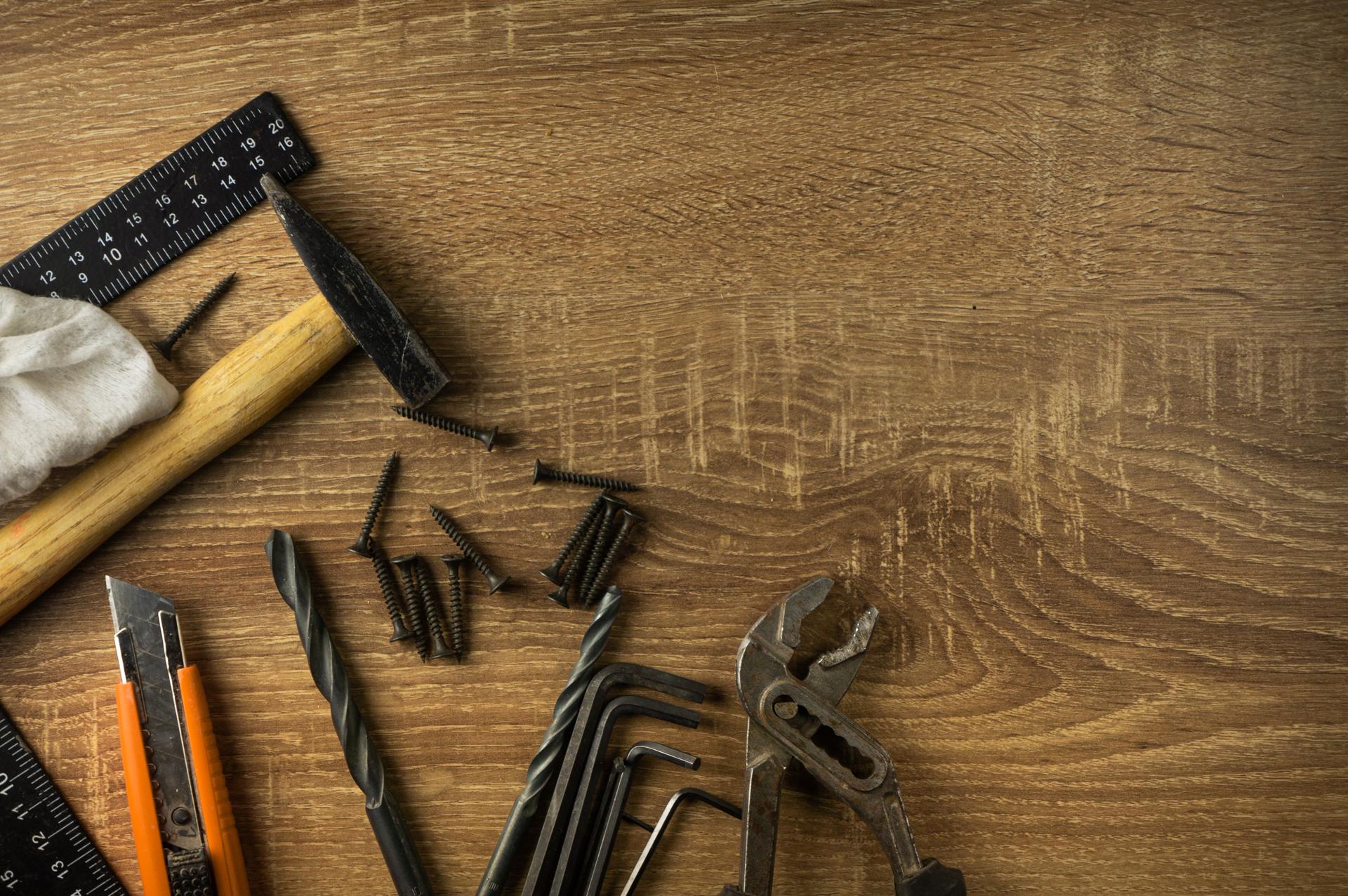Quit Spending Money on Plumbers! Do-it-yourself Repair Your Home's Plumbing Issues

They are an integral component of every home. If they are not maintained properly they could be the source of numerous problems, leading to inconvenience and costly repairs.
There are numerous benefits to learning how to fix minor plumbing issues yourself, like saving money and developing valuable knowledge. The following article we’ll examine common plumbing issues and how to fix them yourself. these issues.
Common Plumbing Issues
Dripping Faucets
Dripping faucets aren’t only frustrating, but they also consume a substantial amount of water over the course of. The most common cause of the faucet to drip is a worn-out washer or O-ring. To fix this issue shut off the water supply to the faucet, take out the handle, and replace the worn-out washer or O-ring.
Running Toilets
A running toilet is another frequent plumbing problem that could cause water to be wasted. The most frequent reason is a malfunctioning flapper valve that doesn’t seal properly, allowing water escape from the tank and into the bowl. To fix this issue switch off water to your toilet. Then, remove the lid of the tank, then adjust or replace the valve that seals it.
Clogged Drains
Drains that are clogged can be caused by a variety of factors, including hair, soap, and food particles. To get rid of this problem, you can try using the plunger or drain snake to eliminate the obstruction. Alternatively, you can make a paste of baking soda and vinegar to break up the blockage.
Low Water Pressure
Low water pressure is often caused by a number of causes, including mineral buildup in pipes or a malfunctioning pressure regulator. To fix this issue, you can try cleaning the aerator or replacing the pressure regulator.
Tools Needed for DIY Plumbing
For DIY plumbing, you will require some basic tools, such as an adjustable wrench, a plunger pipe wrench, Teflon tape and a screwdriver. The tools you have on hand can make it much easier to solve minor plumbing problems.
Tips to be Safe when doing your own plumbing
Security should be a top priority whenever you are performing any DIY plumbing repairs. Some tips for safety to keep in mind include shutting off the water source prior to starting any repairs, wearing safety glasses and gloves as well as keeping a first-aid kit nearby in case of emergencies.
DIY Plumbing Techniques
To fix common plumbing issues for common plumbing issues, you’ll need to know some DIY plumbing tips, like how to shut off your water source, how to fix a leaky faucet and how to fix a running toilet and how to clear a drain, and how to boost the pressure of water. These methods can save you time and money on small plumbing repairs.
Conclusion
In the end, knowing how to fix minor plumbing problems yourself can be beneficial in numerous ways. It’s not just a way to cost you less costs, but you will also give you a sense of accomplishment and valuable knowledge. However, for more significant plumbing problems, it’s best to call a professional plumber.
FAQ
Can I fix a plumbing problem myself?
Yes, you are able to fix minor plumbing problems yourself by learning some basic plumbing tips for DIY.
What are the most frequently encountered plumbing problems?
The most frequent plumbing issues include dripping taps and toilets that run, blocked drains, and low pressure water.
What tools do I need for DIY plumbing?
You’ll need some important tools, such as an adjustable wrench, a plunger, pipe wrench, Teflon tape and a screwdriver.
Is DIY plumbing safe?
DIY plumbing is safe if you follow the safety guidelines and take the appropriate precautions.
When should I contact an experienced plumber?
You should call a professional plumber for significant plumbing issues that require specialized equipment and experience.
